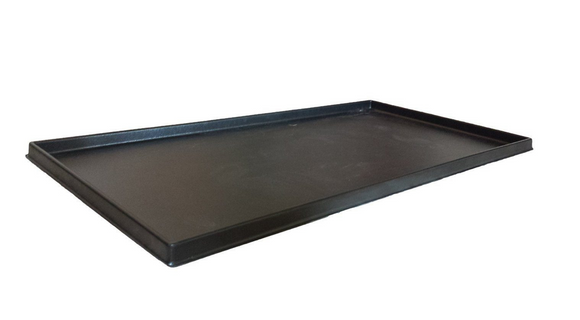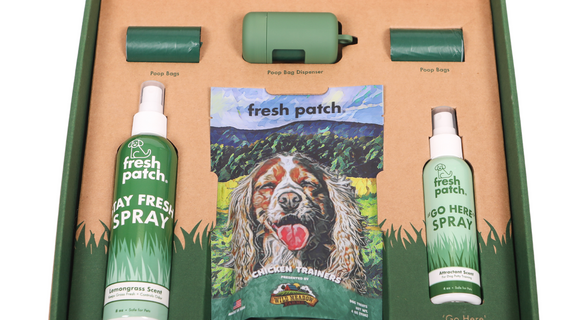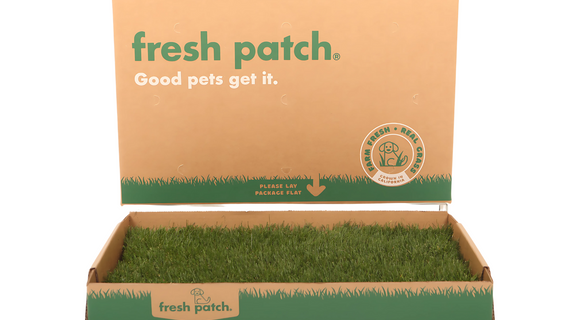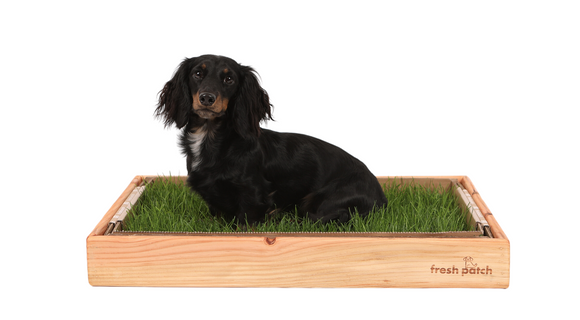How to Crate Train Your Dog in 9 Easy Steps
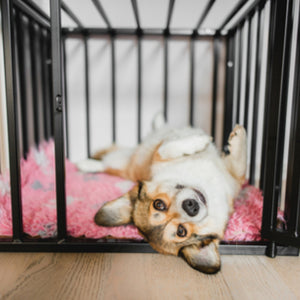
Crate training a dog has a lot of benefits. It can alleviate destructive behavior, will help them to be safe and secure while the owner is gone, and plays a major role while housebreaking your puppy.
So if you're considering to crate train your furry friend, then here are the 9 super easy steps that can help you crate train your dog successfully.
What Is Crate Training?
Crate training is a system in which dogs are rewarded for accepting confinement in a cage-like structure. The dog's owner presents the crate as a safe and comfortable den so that the dog will feel safe inside.
It is also an easy and effective way to get a puppy or dog off to a great start or master potty training. It comes from the idea of a shelter puppy having its own "den" while you're away at work--a small, cozy place with its own bed to sleep in and chew toys for entertainment.
Why Should You Crate Train Your Dog
Dogs can seem like a lot of work, and they are a big responsibility. However, the initial expense towards caring for your dog will be paid off if you crate train them. Crate training is quick, easy to do, and very beneficial to both you and your dog.
- Crate training has been proven to be successful in reducing anxiety in dogs because it provides a sense of security. When you're away from home or in unfamiliar surroundings, this is especially important!
- Crate training gives the opportunity for your dog to go potty without being all over the place when you come back home.
- Puppies find comfort in their den that they're used to living in. This makes them feel safe and comfortable.
- You can restrict your dog from doing damage in the house when you're away from home.
- Crate training helps train your puppy to be well-behaved, not chewing up things and barking excessively.
- Crate training allows you to take your puppy everywhere with you because they are not scared of any new place or surroundings that they haven't experienced before.
Important Things To Keep In Mind While Crate Training
There are certain things that you should keep in mind while crate training your dog, here are those:
- Make sure to get a big crate that fits your dog perfectly; they should be able to stand up, turn around comfortably. However, not large enough for your dog to have a private space with their litter on one side and separate sleeping quarters on the other.
- For Example, One month old pups need to go potty every 1 hour per month of age. So if your pup is 4 months old, he needs to go potty every 2 hours.
Ensure to follow this rule because you don't want the pup to do his business inside his den. The main goal for us is to make the crate a comfortable and safe place, not the other way around.
- Never use the crate as a place for punishments; this can lead to behavior problems; as I said before, the crate should be a place for your dog to enjoy and be relaxed. Instead, try positive reinforcement programs like Brain Training for Dogs.
- Patience is a virtue. Keep in mind that crate training takes time; it can take up to at least 6 months to completely crate train your pooch.
- Consistency is key.
- While during the day, you should not crate your dog for more than 8hrs, this could lead to behavioral problems. However, it's fine during the sleeping hours.
- While your dog's inside the crate, make sure to remove everything that they're wearing, from tags to collars. If not removed, anything can get caught and lead to significant issues.
How to Crate Train Your Dog in 9 Easy Steps
As I said before, this process takes time; no matter how long it takes, you should be consistent.
STEP 01: Select the Perfect Crate for Your Dog
Collapsible wire crates are the best options when it comes to a crate, but for dogs that like to sleep in the dark will prefer an enclosed crate like a kennel or airline crates.
However, the important thing is to make sure that the crate is durable and comfortable enough for your dog.
As mentioned before, the crate should be large enough for your dog to stand and move freely, not large enough to sleep on one side and go to the bathroom on the other.
STEP 02: Place The Crate In An Ideal Location
Supervising your pup all the time is essential, so make sure to place the crate in a place where you'll be spending your time the most throughout the day.
STEP 03: Make The Crate Inviting
Make the crate cozy as possible; your dog should love to spend its time while inside.
Add some soft blankets or dog beds, make an appealing environment, and throw in some of your dog's favorite toys.
There is a catch: while using a dog bed, some dogs might tear apart the dog bed or will think that it is a place to go to the bathroom.
So you would be better off with a towel or a blanket, or else you can just let them sleep on the crate mat itself because dogs love hard surfaces.
STEP 04: Get Your Dog Inside The Crate
This is the first real test.
Open the crate and place some treats on the floor near the entrance to the crate while your dog is eating the treats you placed near the crate; the next thing you have to do is put some treats inside the crate.
Some dogs will right away get inside the crate while some may take days or even months, but the thing you have to keep in mind is that this process is not easy, be consistent and avoid forcing your dog inside the crate, train him until he gets in on his own.
Keep the crate door opened until he gets used to it.
STEP 05: Feed Your Dog While He's Inside The Crate
If your dog is inside comfortably, place their meal at the back of the crate; however, if he's still not ready to get inside, then place the meal at the entrance and take it further and further back inside the crate each mealtime.
STEP 06: Close The Crate Door
When it's mealtime, place the food inside the crate and slowly close the door.
For the first few times, keep the door closed until he finishes his meal. After that, keep the door closed for a longer period of time, increase the time bit by bit, start from 10 mins and walk your way up.
But the sad thing about this part is your dog might whine to let him out, don't get fooled; let them be inside, and only if they stop the whining let them out.
This is because if you let them out while they're still whining, they'll think that the key to getting out of the crate is to whine.
STEP 07: Establish A Command
To avoid using treats to always get your dog inside the crate, get them used to commands, establish a command like "Kennel Up" while saying the command word. Keep a treat in your hand and point it towards the crate.
Once the dog gets inside, praise and reward him with that treat.
After he gets used to the commands thoroughly, you can avoid using treats.
STEP 08: Slowly Increase The Time Your Dog Spends Inside The Crate
It's important to gradually increase the time your pet spends inside his crate. This is because having him spend too much time there will make it too confining for him.
To do this, while your dog is inside the crate, leave him and go to another room or any other part of your house.
Stay there for a few minutes, see the reaction of your dog and if it is positive, try leaving the house for an hour, and if he's still okay, you can leave him there for some time.
And once you return, reward him with praise and treats.
But remember that you should not leave your dog for more than 8 hours.
STEP 09: Make Sure To Take Your Dog Outside
Don't let your dog be in the crate always; make sure to take him outside, and spend some time playing and let them go to the bathroom before you put them back in the crate.
Without exercise or even walking, you might find it hard to get him back to the crate.
Avoid potty accidents.
Make your dog's potty time hassle-free with Fresh Patch. REAL, farm-grown grass pads that are disposable and delivered right to your door!
